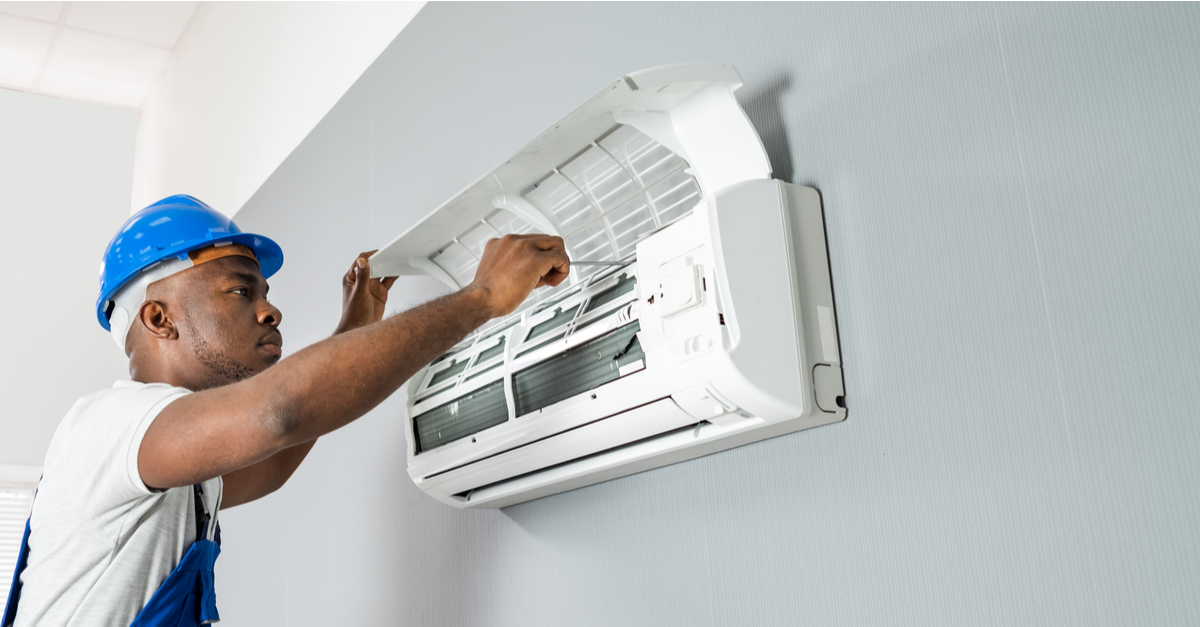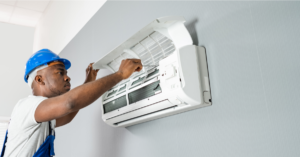SC Driveway Paving Charleston offers homeowners an alternative to traditional asphalt or poured concrete. When installed correctly, they can hold the weight of vehicles and withstand the winter climate. Homeowners can choose from pavers that look like rustic slabs, quaint cobblestone, or sleek slate. Color options are endless as well.

If you’re considering a new driveway, durability is a huge factor. After all, you want a material that will withstand heavy vehicle traffic and the elements. With pavers, you can choose various materials and styles to meet your needs. Whether you are looking for an authentic old-world design or a contemporary look, pavers can provide your desired aesthetic.
The strength of a paver driveway is due to its interlocking structure, which provides greater stability than poured concrete or asphalt. It allows the pavers to resist cracking and shifting in the long term, even with heavy vehicle or pedestrian traffic. In addition, the paving blocks can be easily removed and replaced if worn or damaged. It is much easier than replacing the driveway with another material like poured concrete or asphalt.
Driveway pavers are constructed with various materials, including clay, cement, and shale. They are usually laid on a compacted soil and stone base with sand between each unit for added strength. Then, mortar is applied to hold the pavers in place. A professional contractor will use a custom mix of artillery created for the climate and soil conditions where your project is located.
One of the most common paver types is concrete, manufactured from Portland cement and an aggregate mixture. These pavers are a great option for homeowners who want the look of a stone driveway without the cost. They also require very little maintenance, with occasional sweeping or hose rinsing. However, they can stain from oil and grease, which may need a cleaner or protectant.
Other types of pavers are made from natural stone, such as granite, slate, and flagstone. These are extremely durable but may be difficult to shovel if you live in a snowy area. The freeze-and-thaw cycle can also affect them, which can cause the stones to loosen. However, if the stones are properly installed and maintained, they can last much longer than a concrete or asphalt driveway.
Installing a new driveway allows homeowners to create a unique look that compliments their home. While poured concrete and asphalt are great options, pavers offer an attractive alternative that is easy to maintain. Unlike traditional driveway surfaces, which may crack and deteriorate over time, pavers can be easily replaced one by one without the need for heavy equipment or the entire surface to be redone.
Paver stones are available in various colors, sizes, and patterns, allowing homeowners to create a custom look for their driveway. They can also be laid out in multiple ways to create an interesting visual effect. In contrast, a standard concrete driveway is limited in its design options and cannot match the style of the house.
While a paver driveway is durable, it will still require maintenance to keep it looking its best. Regular sweeping with a broom or pressure washer keeps the surface clean. It helps prevent stains from dirt, oil, and other chemicals that can damage the pavement’s surface.
In addition, weed growth can cause cracks and gaps in the paving stones. It can be prevented by incorporating a layer of crushed rock into the base of the driveway. It can be topped with a screen or a layer of mulch to discourage weed growth.
If the paving stones are exposed to a lot of sun, they must be regularly rinsed with water to avoid becoming stained. It can be done using a high-pressure hose. It can be done every week in the summer and as needed in the winter.
Keeping the surrounding landscaping in good shape will also help maintain a smooth, clean paver surface. Sweeping the area around the pavers and removing any weeds before heavy rains will help prevent stains from dirt, oil, and chemicals that can damage the surface of the paving stones.
A wide variety of materials are used for driveway pavers. Some are natural stones, while others are made of concrete or brick. Choosing the right type of material will depend on your needs and budget. Some pavers are more durable than others and better suited to high-traffic areas. Some are even designed with drainage in mind. For example, permeable pavers allow water to be absorbed into the ground instead of pooling on top of the surface and flooding.
When deciding on the type of pavers to use, consider the size and shape of the driveway as well as the climate in your area. If your driveway is large, choose larger-sized pavers. It will ensure that the driveway is structurally sound and can handle the weight of vehicles. You also want to ensure no gaps or cracks between the pavers. Otherwise, weeds will grow in these spaces, which can be unsightly and difficult to maintain.
Concrete pavers are a good choice for driveways because they are affordable and highly durable. They are also available in various colors and can be laid in many patterns. However, they are susceptible to cracking and require regular sealing. Other options for paving include cobblestones, flagstones, or mixed pavers. These are more expensive than concrete pavers but can add style to your home.
Pavers are often constructed over a layer of gravel to provide stability. The stone should be evenly distributed and compacted before adding the pavers. After installing the pavers, a final layer of gravel should be added to fill any remaining gaps between the stones. It helps prevent weeds from growing in the cracks and allows easy maintenance.
Before constructing a paver driveway, it is important to check with your local utility company. It will help you avoid striking or obstructing pipes and cables during construction. It is also a good idea to use a professional contractor to ensure the driveway is built properly.
The cost of driveway pavers is a significant factor for many homeowners. They can be more expensive than a traditional concrete or asphalt driveway, but they offer a long-term investment. Pavers can also be used to improve a home’s appearance, adding value and curb appeal.
Pavers are available in various shapes, sizes, and colors to match any house style. They can be installed on multiple surfaces, including concrete, asphalt, and gravel. They are also available in permeable versions, which allow water to flow through the surface and into the ground below. It is especially important in areas with heavy rainfall and flooding.
Compared to poured concrete, pavers are less likely to crack or crumble. However, they require regular maintenance and occasional repairs to keep them looking their best. In addition, a paver driveway can be more difficult to install than a concrete or asphalt driveway because it requires a base layer and an even surface.
A reputable contractor should provide a detailed estimate of the cost of a paver driveway. The price depends on the type of material used, how many pavers are needed, and the space size. It is important to consider the amount of traffic going over the driveway because high-traffic areas require a durable material that can withstand wear and tear.
The most economical paver is concrete, which can be molded into various patterns and offers a wide color selection. This versatile option looks great on any home and can be combined with other materials, such as brick or natural stone.
Other pavers that are more expensive include granite, slate, and bluestone. These are beautiful but costly due to their weight and the need for a large area to quarry them from the ground. They can be arranged in a herringbone pattern to add visual interest and are often paired with a border of different stones.
Another way to reduce the paver driveway cost is to use recycled materials in the construction process. It can save money, help the environment, and reduce landfill waste. However, it is important to check with the manufacturer to ensure the recycled material meets the required specifications.


